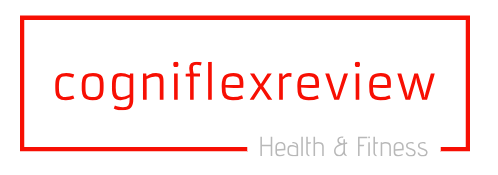Revitalize Your Workout Routine with Full Body Rehab
Understanding the Concept of Full Body Rehab
In the realm of fitness, the term “rehab” often conjures images of recovering from injury. However, full body rehab extends beyond injury recovery to encompass a holistic approach to fitness. It focuses on rejuvenating the body, restoring balance, and optimizing performance. Rather than solely targeting specific muscles or movements, full body rehab addresses the body as a whole, promoting overall wellness and function.
The Importance of Comprehensive Recovery
In today’s fast-paced world, it’s easy to get caught up in the grind of intense workouts without considering the importance of recovery. However, neglecting recovery can lead to burnout, injury, and stagnation in progress. Full body rehab emphasizes the significance of comprehensive recovery, not just for physical health but also for mental well-being. By taking a holistic approach to recovery, individuals can enhance their fitness journey and achieve long-term success.
Components of a Full Body Rehab Workout
A full body rehab workout typically consists of various elements designed to promote recovery and rejuvenation. These may include mobility exercises to improve flexibility and range of motion, strength training to build functional strength and stability, and cardiovascular activities to enhance endurance and promote circulation. Additionally, mindfulness practices such as deep breathing and meditation may be incorporated to reduce stress and promote relaxation.
Mobility Exercises for Enhanced Flexibility
Mobility exercises play a crucial role in full body rehab by improving joint mobility and flexibility. These exercises focus on moving joints through their full range of motion, which helps to reduce stiffness, improve circulation, and prevent injury. Examples of mobility exercises include leg swings, arm circles, hip rotations, and spinal twists. By incorporating these movements into your routine, you can enhance your overall flexibility and mobility, leading to improved performance and reduced risk of injury.
Strength Training for Functional Stability
Strength training is another essential component of full body rehab, as it helps to build functional strength and stability throughout the body. By targeting multiple muscle groups simultaneously, strength training exercises promote balanced muscle development and improve overall movement patterns. Additionally, strength training can help to correct muscle imbalances, reduce the risk of injury, and enhance athletic performance. Common strength training exercises include squats, lunges, deadlifts, push-ups, and rows, among others.
Cardiovascular Activities for Improved Endurance
Incorporating cardiovascular activities into your full body rehab routine is essential for promoting heart health, increasing endurance, and burning calories. Cardiovascular exercises such as running, cycling, swimming, and brisk walking help to elevate your heart rate, improve circulation, and boost overall cardiovascular fitness. Additionally, cardio workouts can help to reduce stress, improve mood, and increase energy levels, making them an integral part of any comprehensive fitness program.
Mindfulness Practices for Stress Reduction
In addition to physical exercises, full body rehab often includes mindfulness practices to promote mental well-being and reduce stress. These practices, such as deep breathing, meditation, and progressive muscle relaxation, help to calm the mind, release tension, and cultivate a sense of inner peace. By incorporating mindfulness into your daily routine, you can improve your ability to cope with stress, enhance your focus and concentration, and promote overall mental clarity and well-being.
Creating a Balanced Full Body Rehab Routine
To create an effective full body rehab routine, it’s essential to incorporate a balance of mobility exercises, strength training, cardiovascular activities, and mindfulness practices. Start by assessing your current fitness level and identifying any areas of weakness or imbalance. Then, tailor your routine to address these areas while also considering your personal preferences and goals.
Listen to Your Body
Throughout your full body rehab journey, it’s crucial to listen to your body and adjust your routine as needed. Pay attention to how your body responds to different exercises and activities, and be mindful of any signs of fatigue, pain, or discomfort. Remember that rest and recovery are just as important as exercise, so be sure to incorporate rest days into your routine to allow your body to recover fully.
Embrace the Journey
Embarking on a full body rehab journey requires patience, dedication, and a willingness to embrace the process. Understand that progress may be gradual and that setbacks are a natural part of the journey. Stay committed to your goals, stay positive, and celebrate your achievements along the way. By prioritizing full body rehab, you can unlock your body’s full potential, achieve optimal health and wellness, and live your best life. Read more about full body rehab workout

